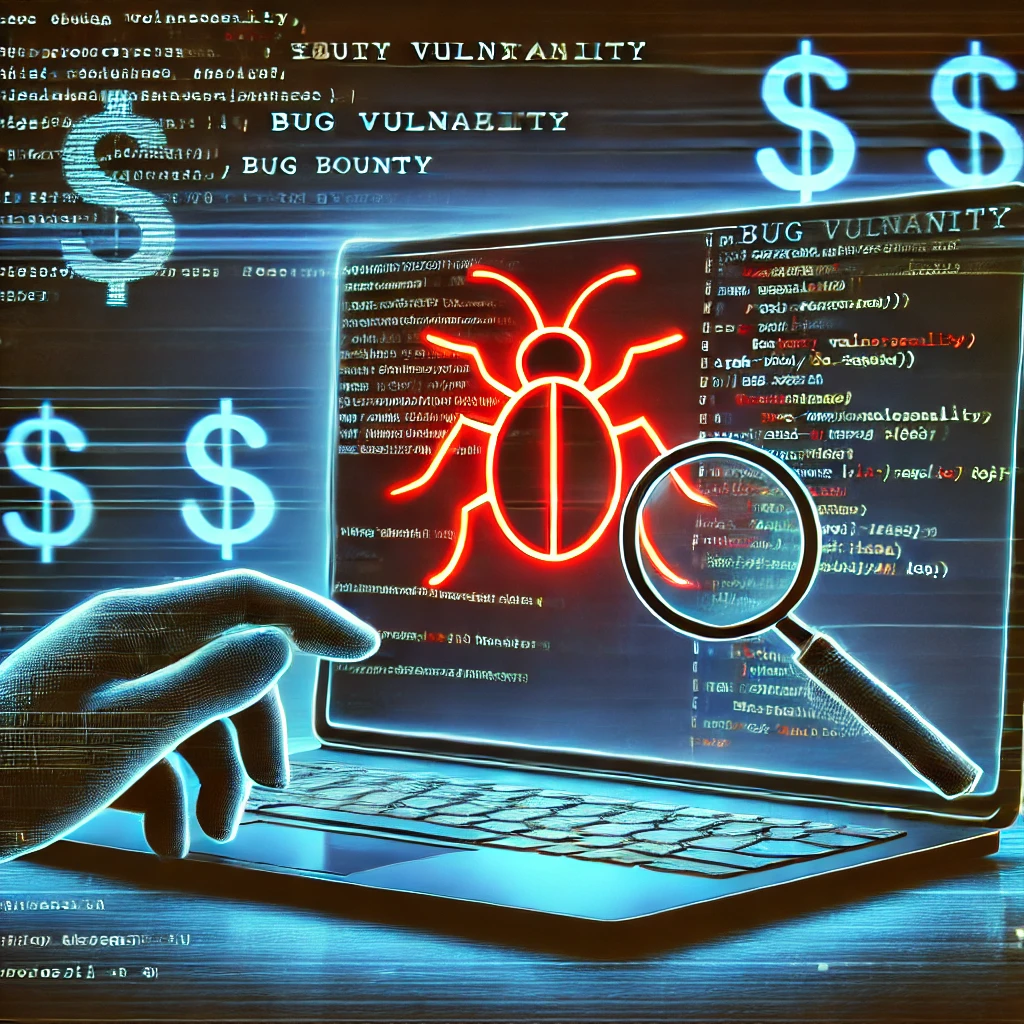1 min to read
Advanced Persistant Threats

An Advanced Persistent Threat (APT) is a sophisticated and targeted cyber attack in which an attacker gains unauthorized access to a victim’s system or network and remains undetected for an extended period of time. The attacker’s goal is to steal sensitive data or information, disrupt critical operations, or gain financial benefit.
APTs are typically carried out by well-resourced and organized groups, often with nation-state backing. These groups have the capability and motivation to carry out sophisticated attacks and to sustain prolonged campaigns against their targets.
APT attacks are different from other types of cyber attacks in several ways. First, APTs are usually targeted at specific organizations or individuals, rather than being indiscriminate attacks. Second, APTs are typically well-planned and executed, with attackers spending considerable time and effort to gain access to their target’s systems. third, APTs often involve the use of custom-developed malware, which is designed to evade detection and to allow the attacker to maintain a presence on the victim’s system. fourth, APTs often involve the exfiltration of large amounts of data over a period of time, rather than the immediate theft of data.
The term “Advanced Persistent Threat” was first coined by the United States Air Force in 2006. The term has become widely used in the security community to describe the most sophisticated and dangerous cyber threats.
APT attacks have been carried out against a range of targets, including government agencies, critical infrastructure operators, and companies in the financial, defense, and intelligence sectors.
In recent years, there have been a number of high-profile APT attacks, including the Stuxnet worm attack on Iran’s nuclear facilities, the Sony Pictures Entertainment hack, and the Office of Personnel Management hack.
The threat posed by APTs is growing, as more and more organizations are targeted by these sophisticated attacks. organizations need to be aware of the threat posed by APTs and take steps to protect themselves, including the use of strong security controls and the development of incident response plans.

Comments